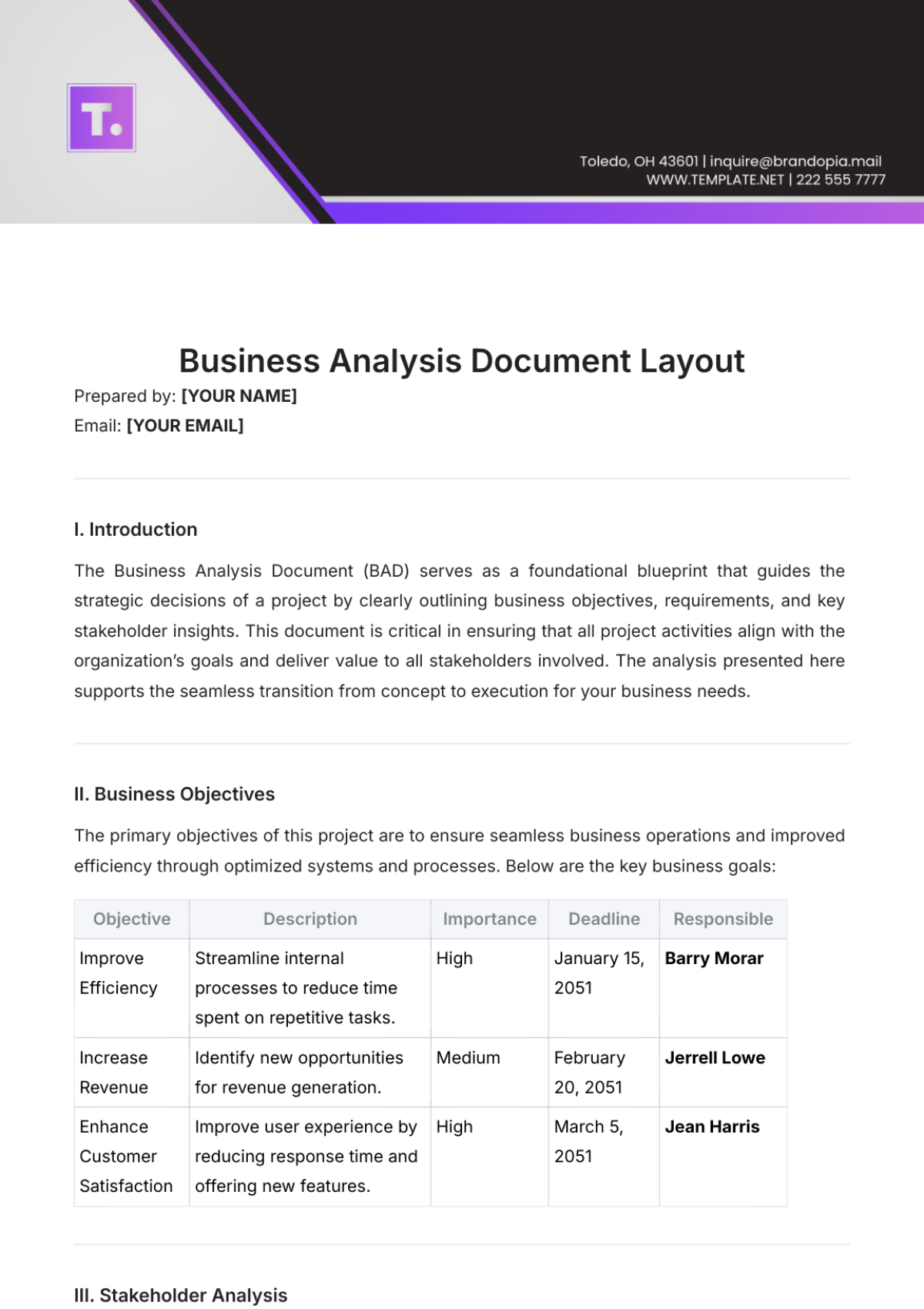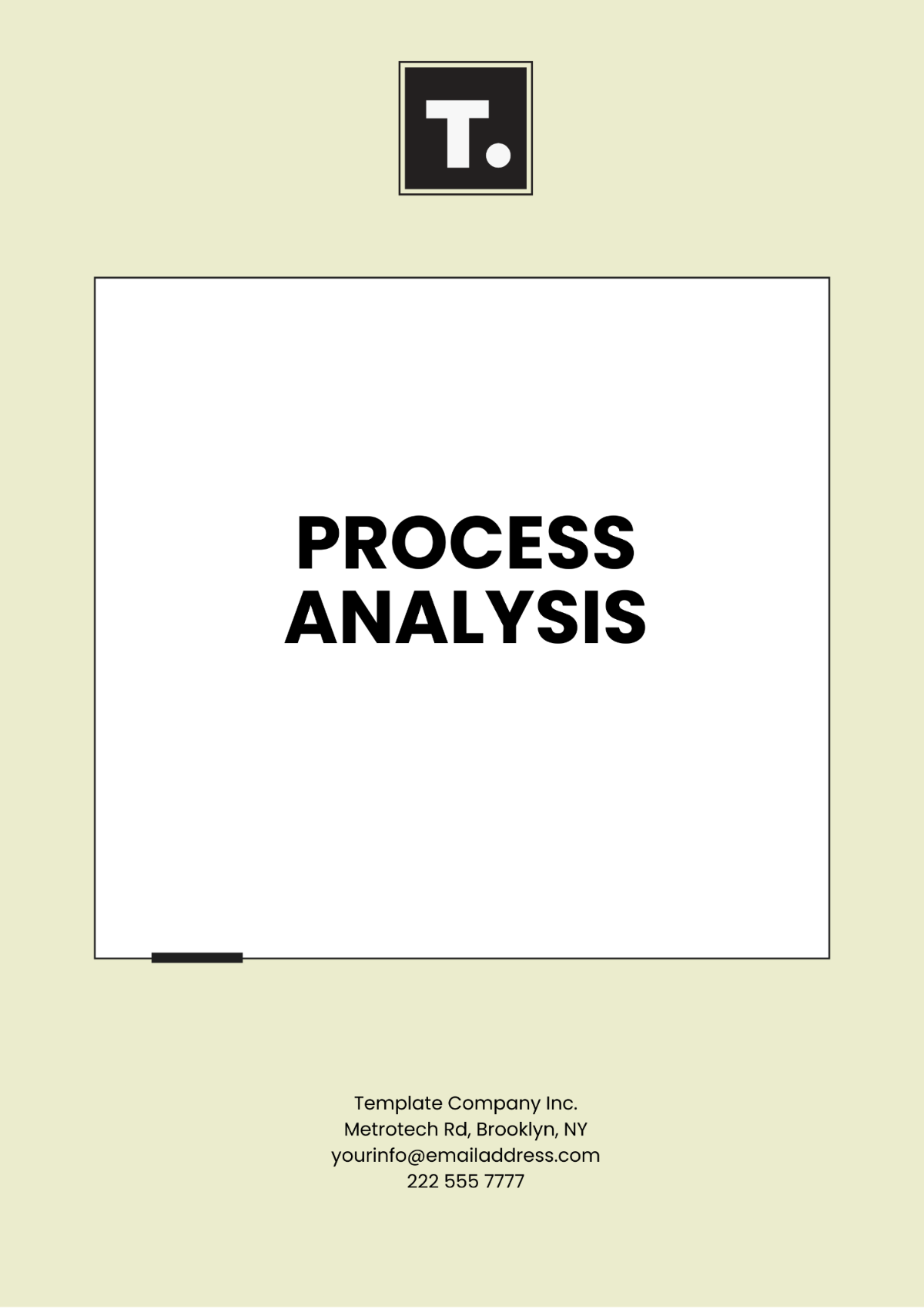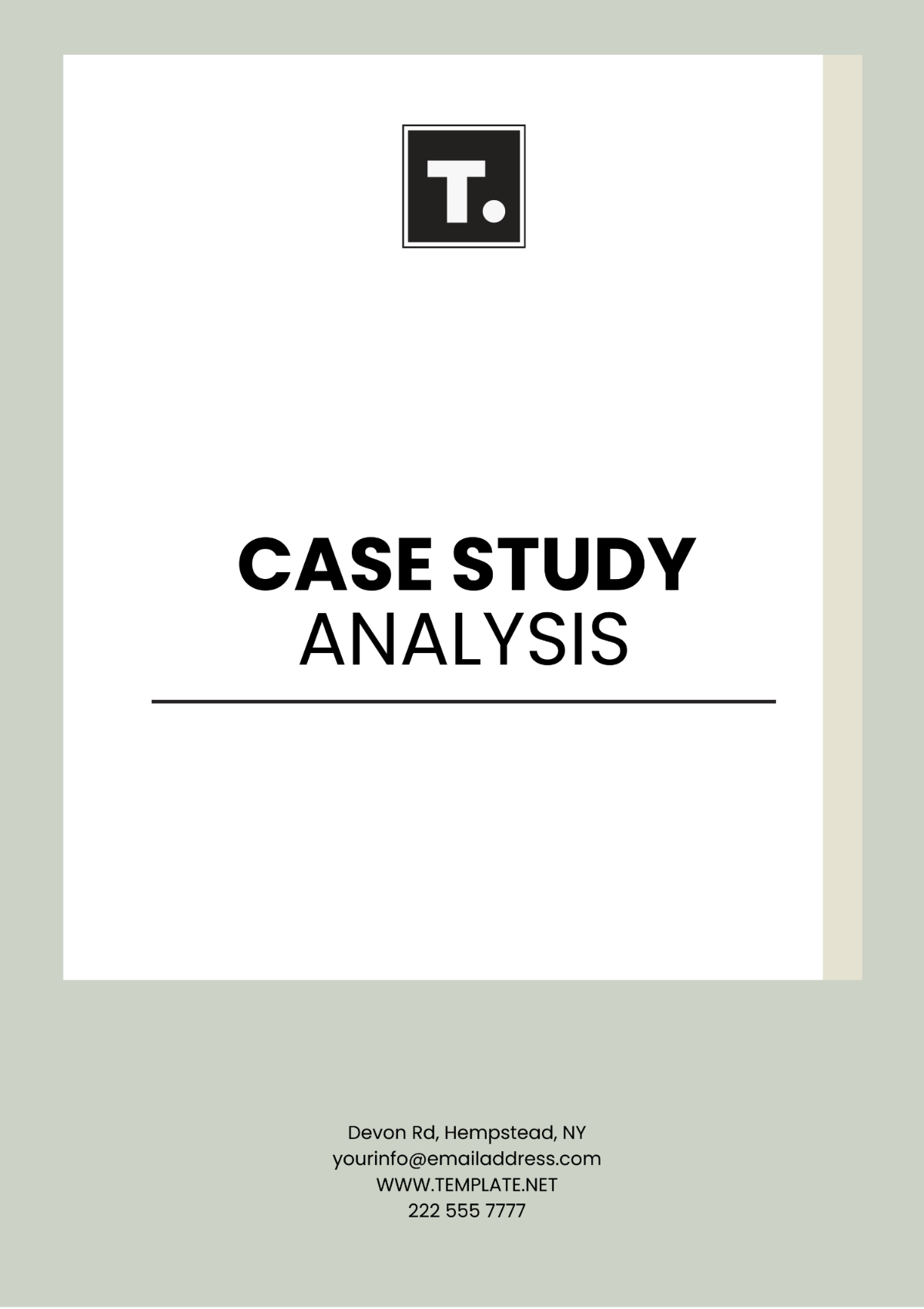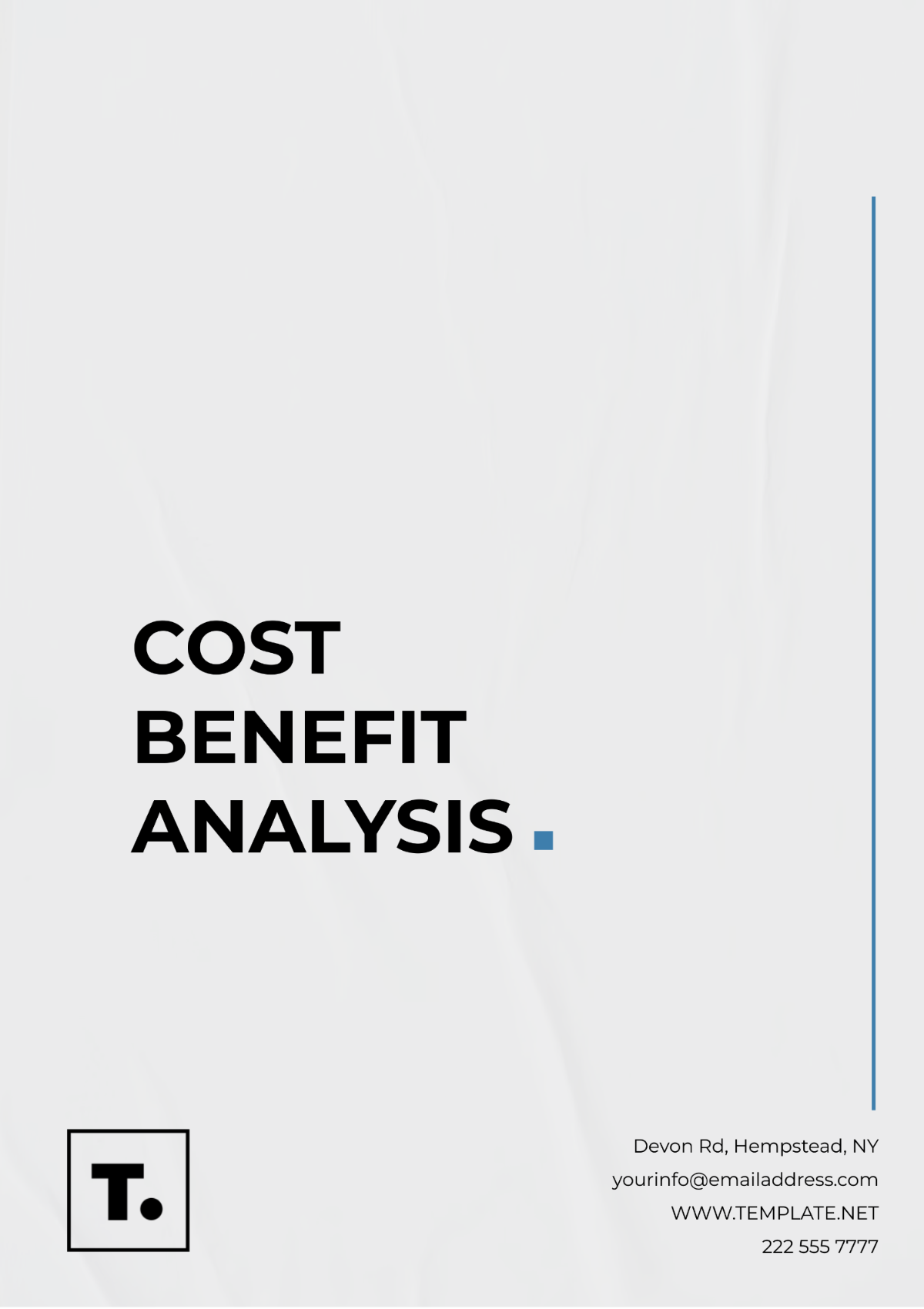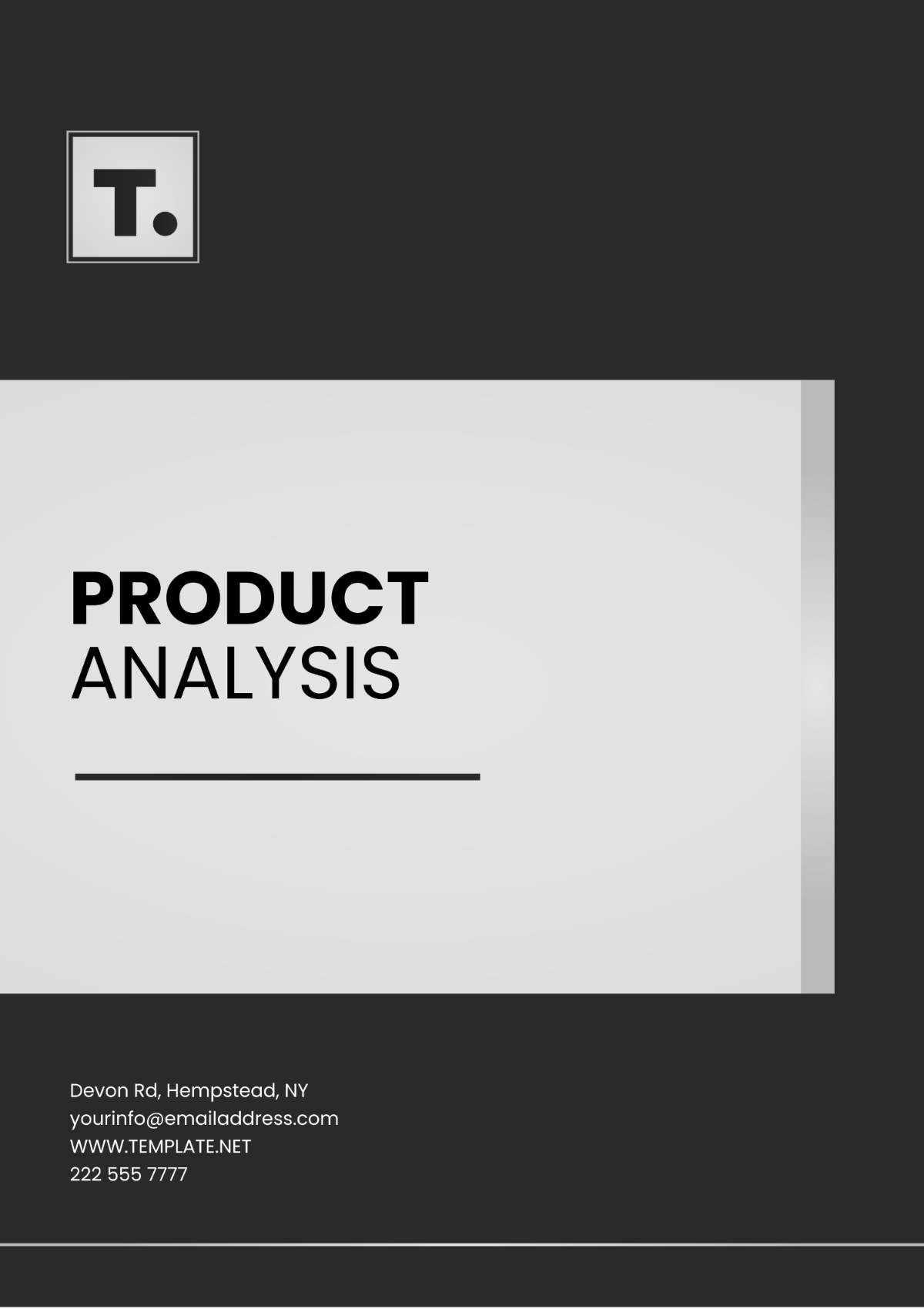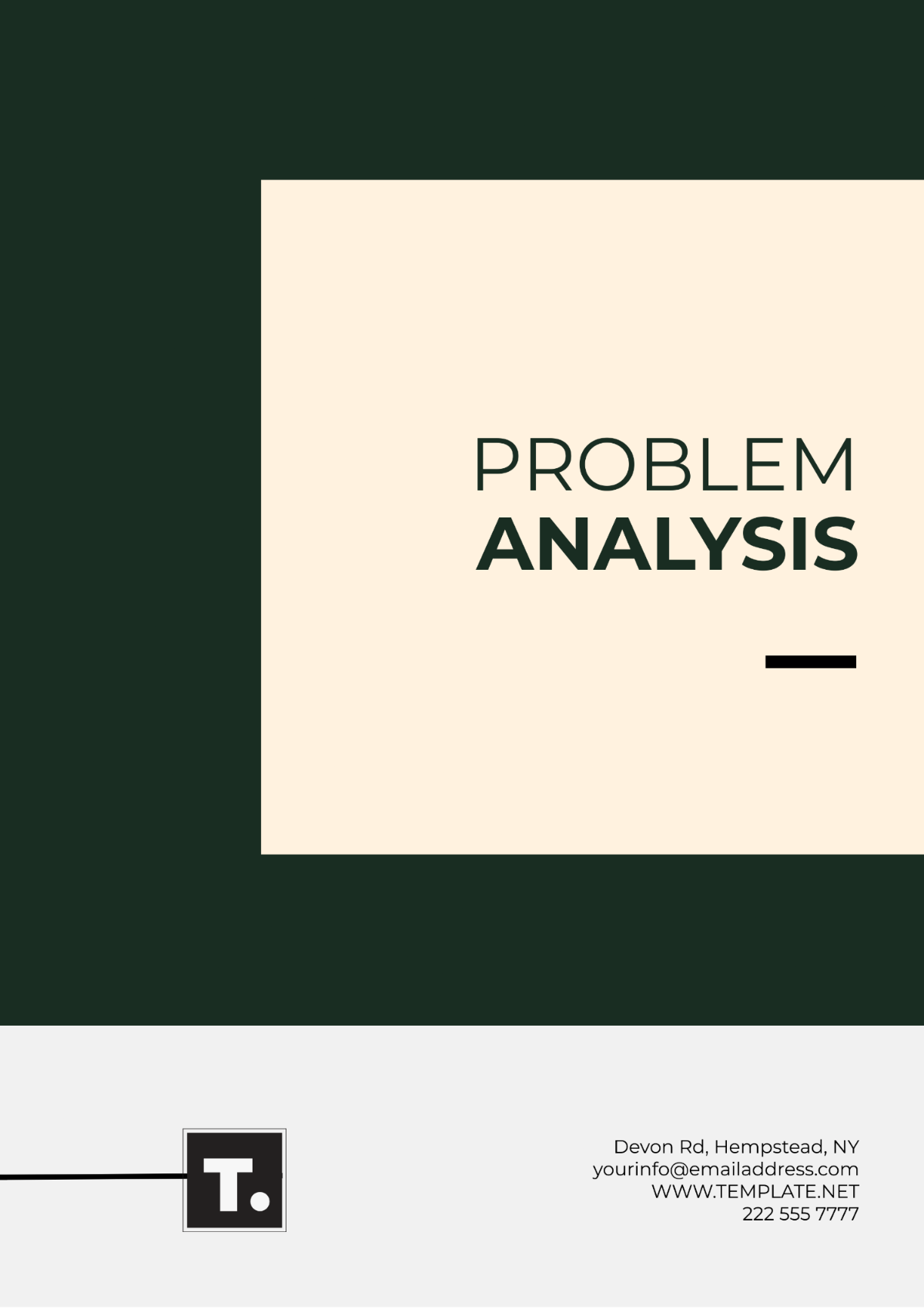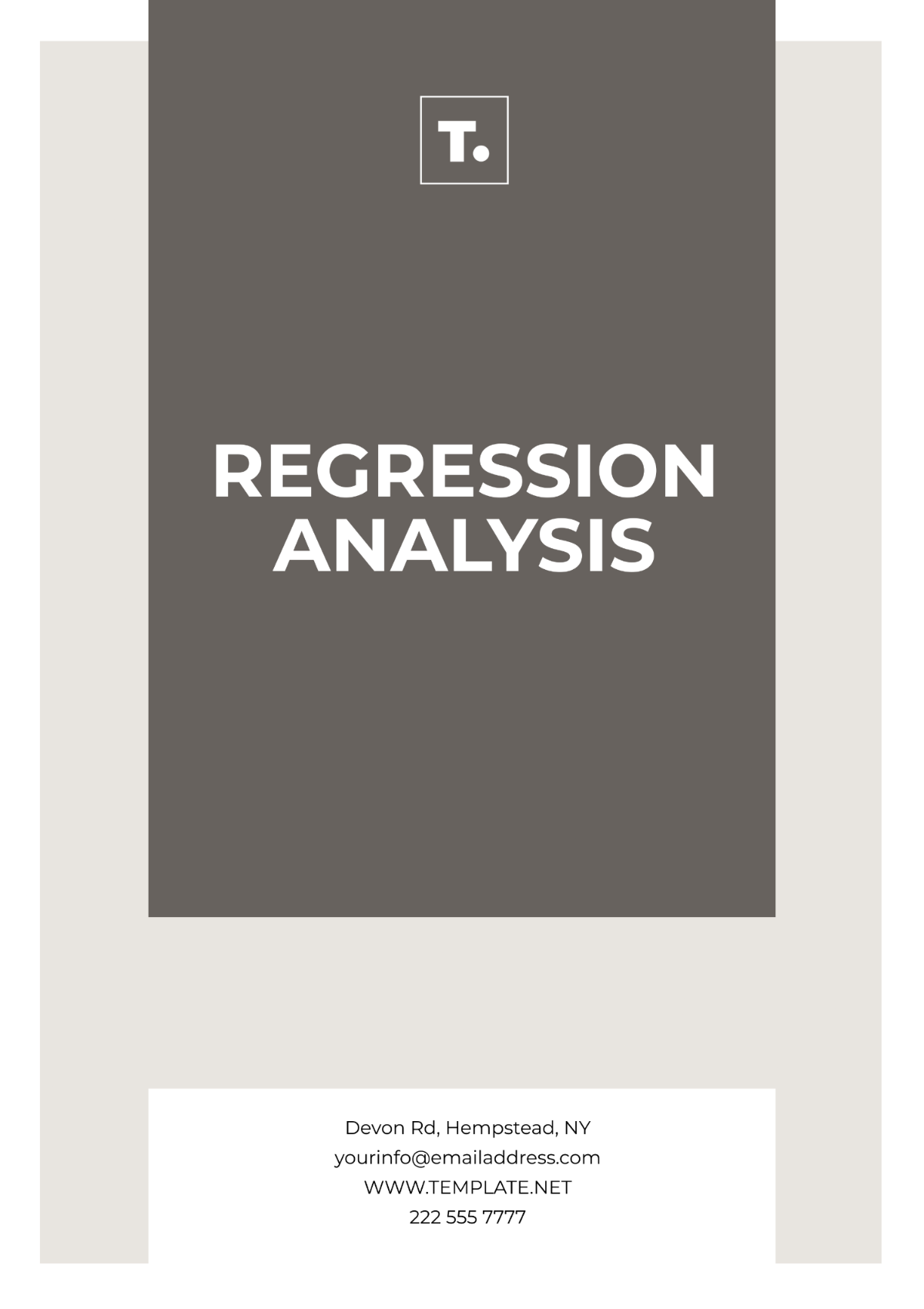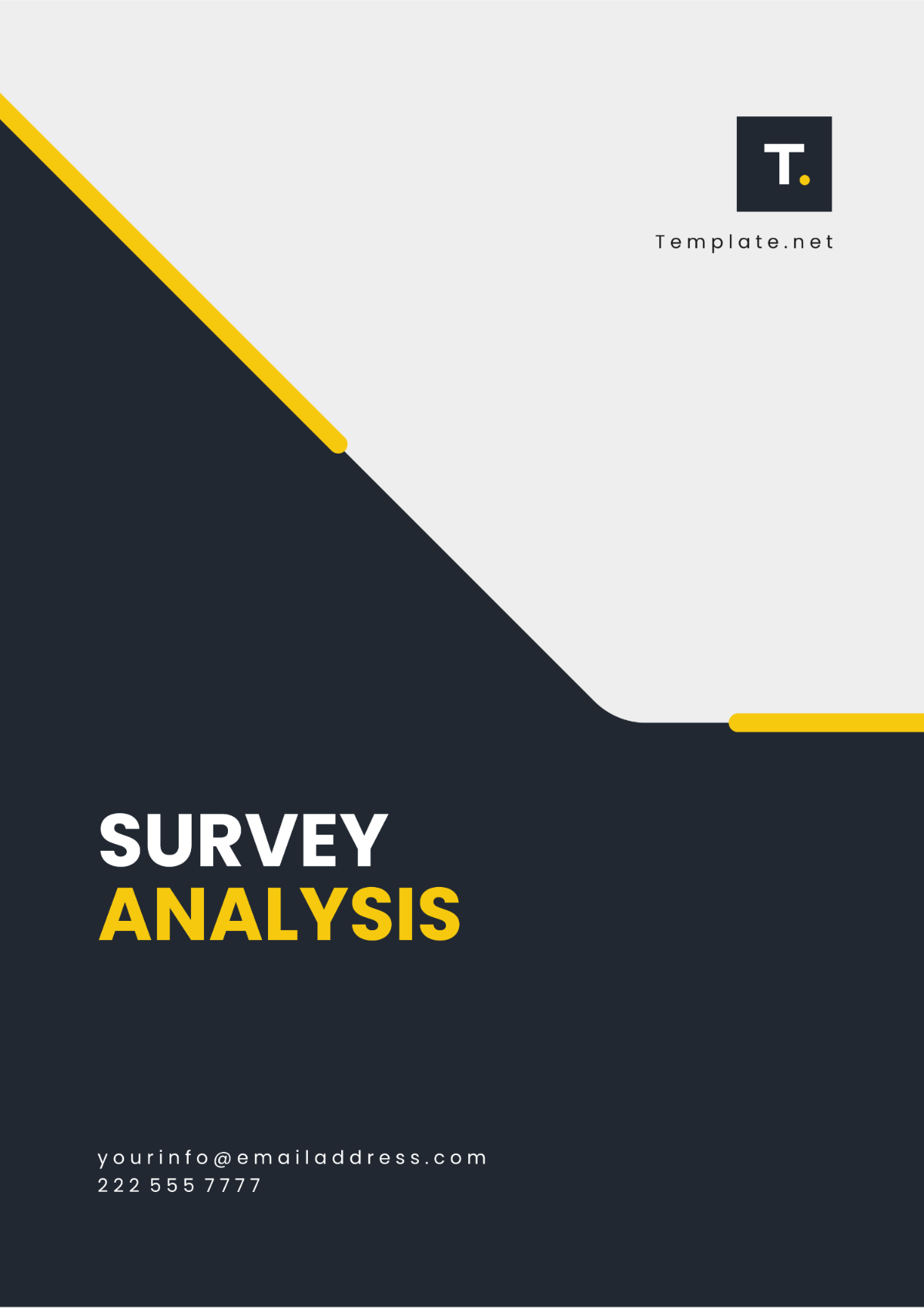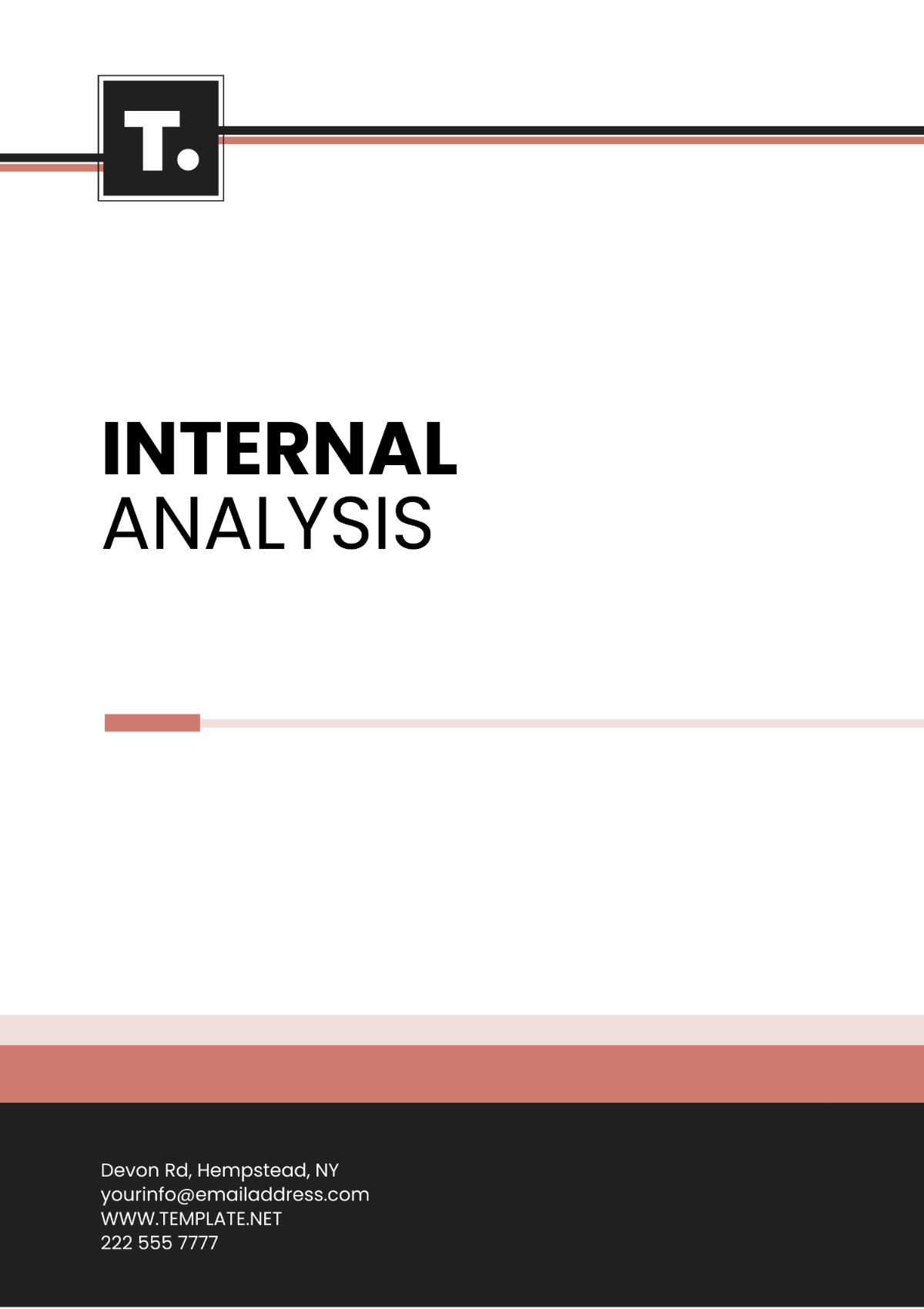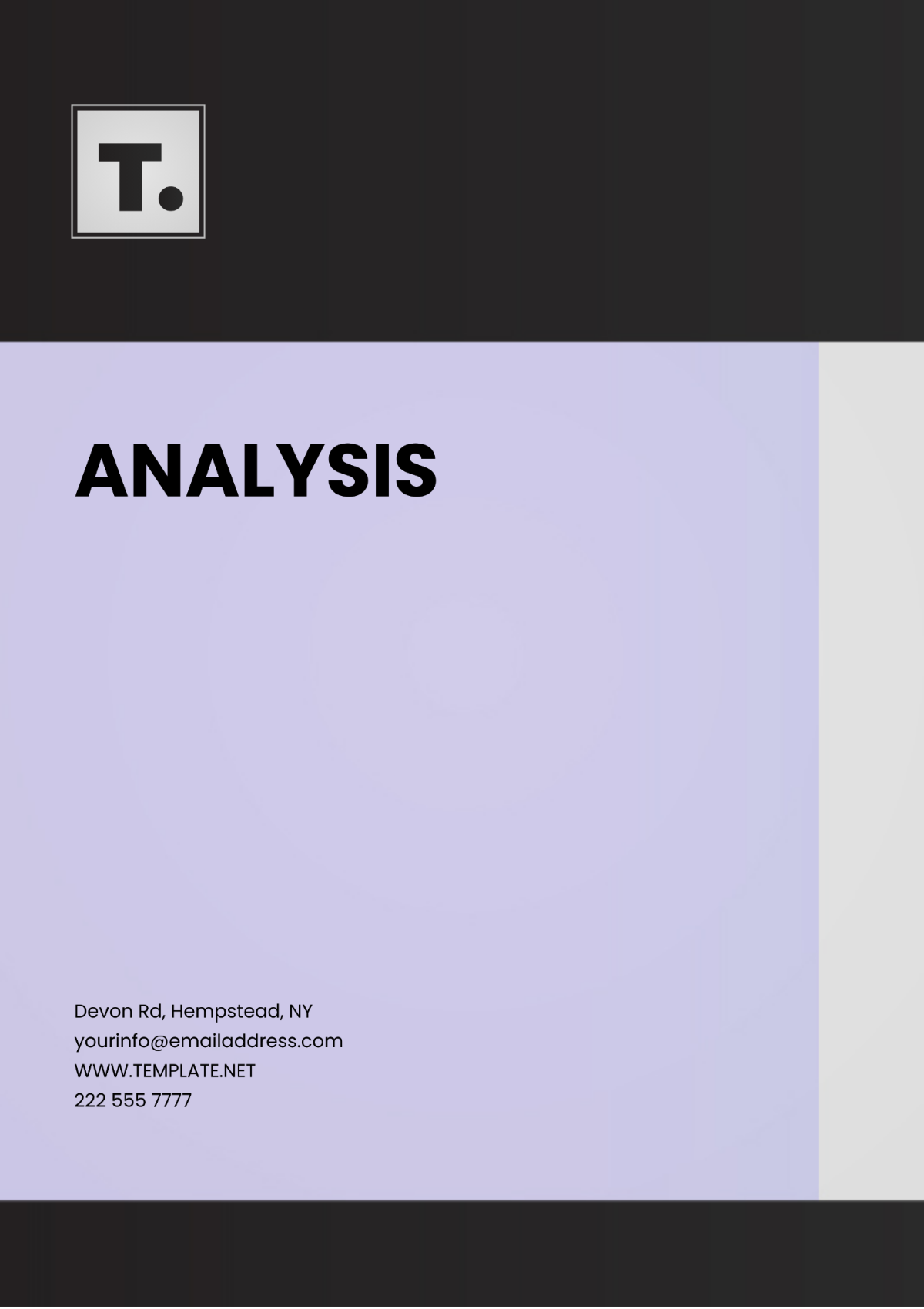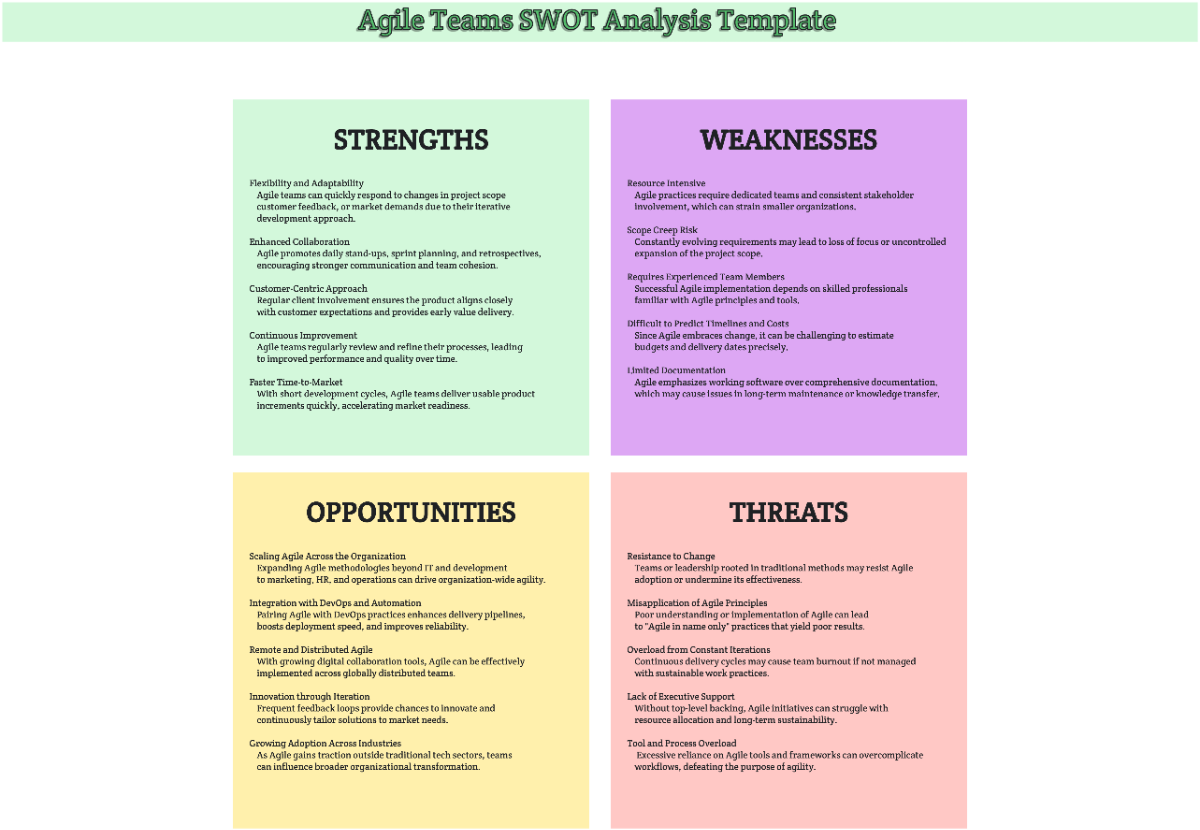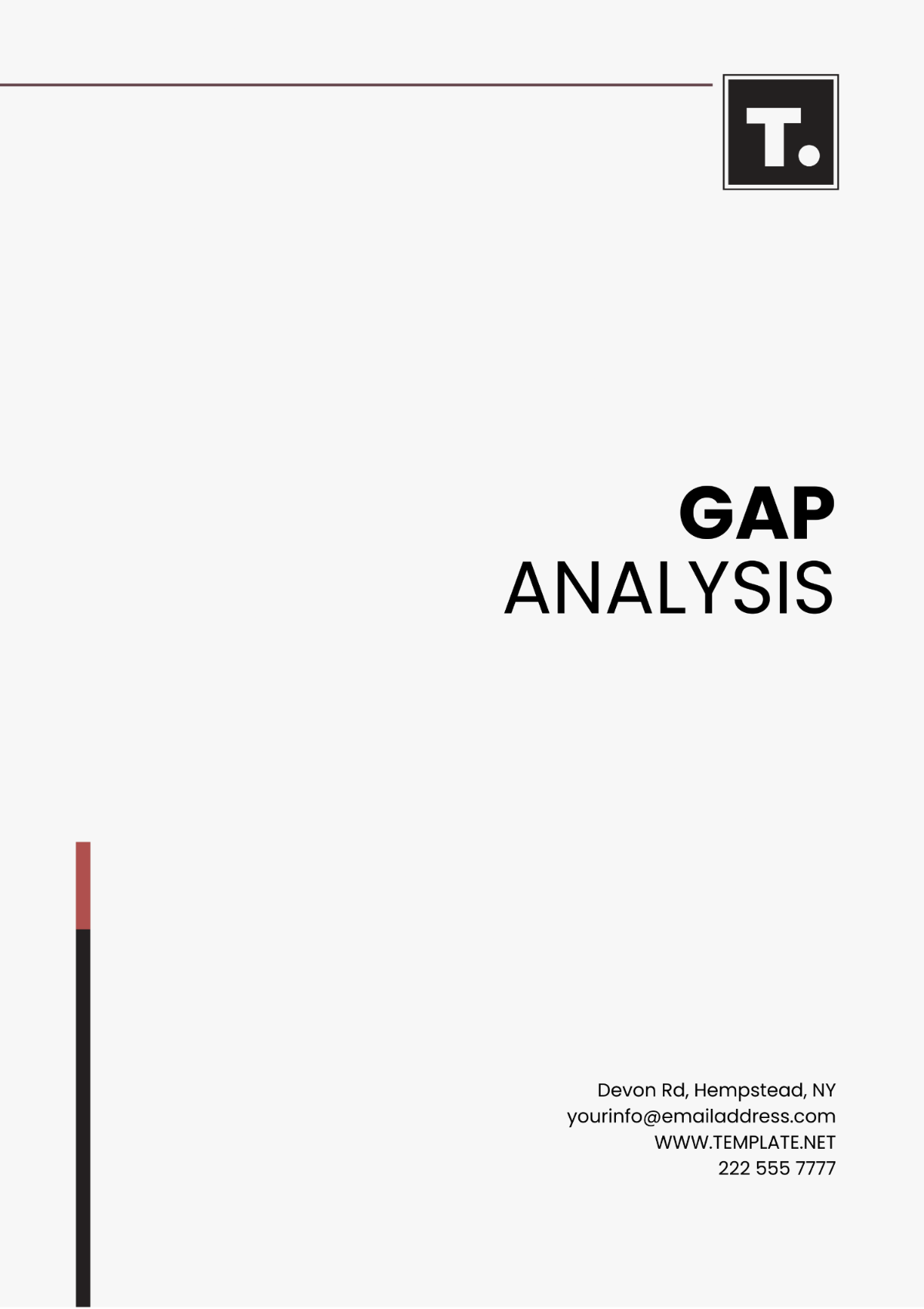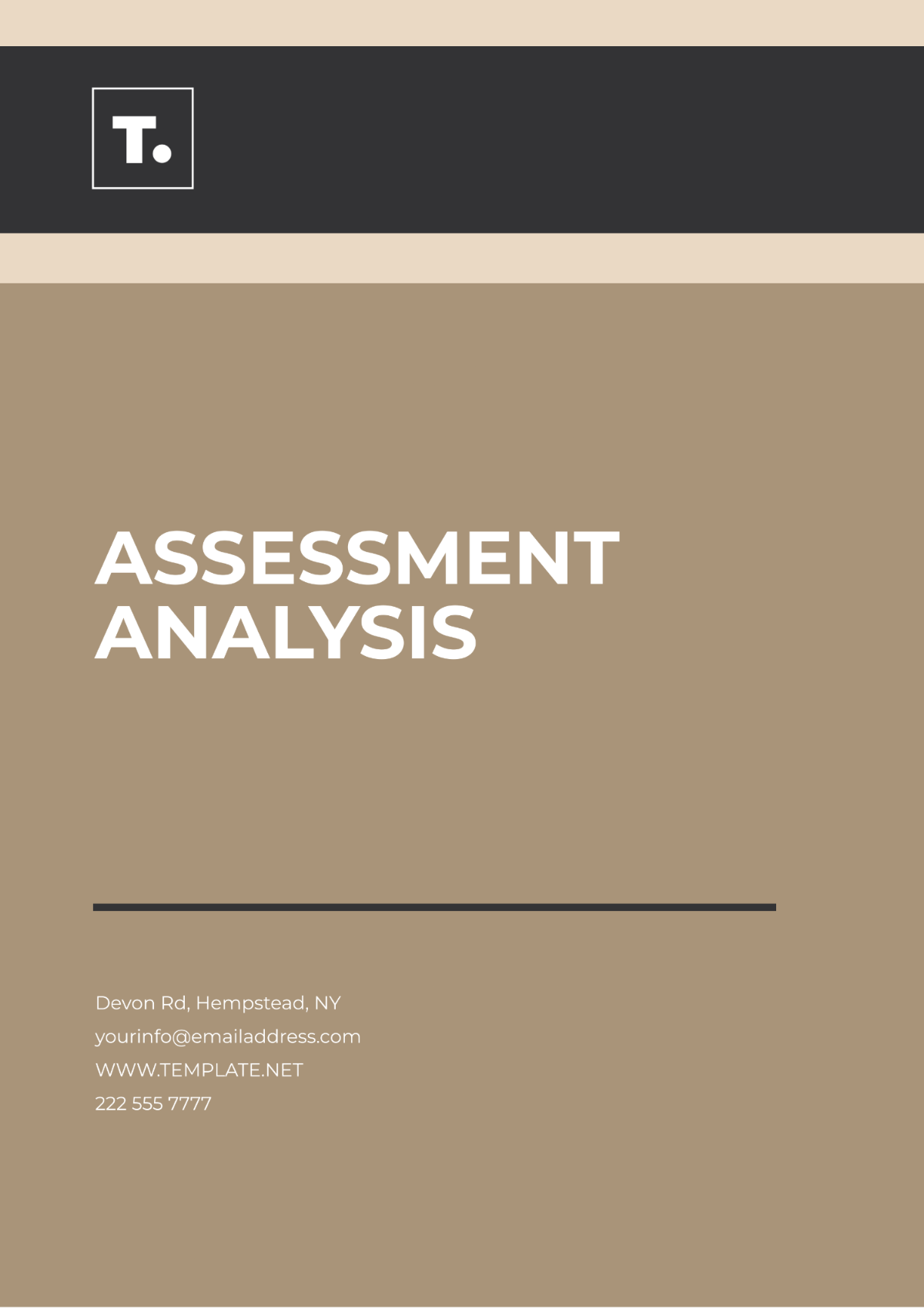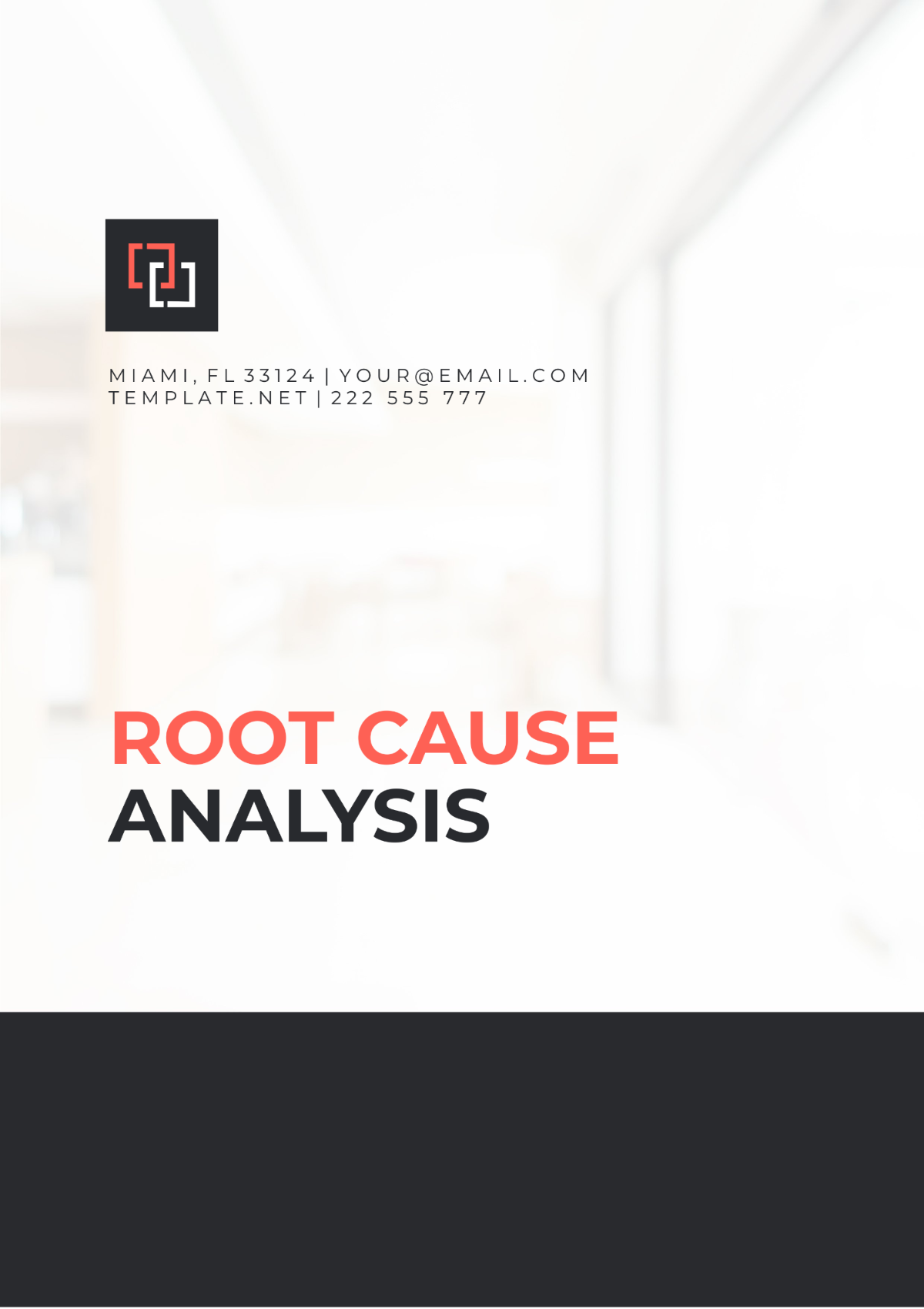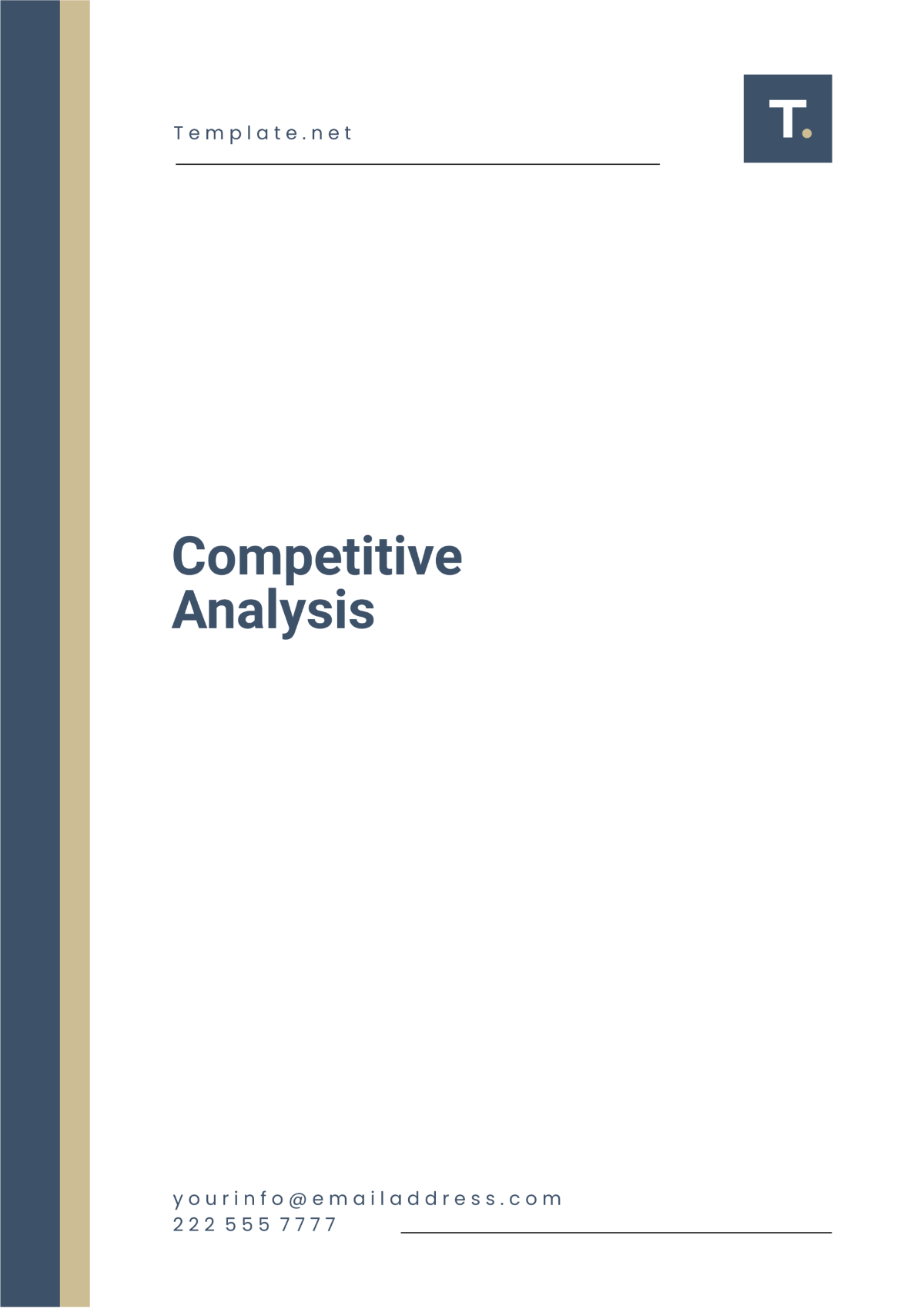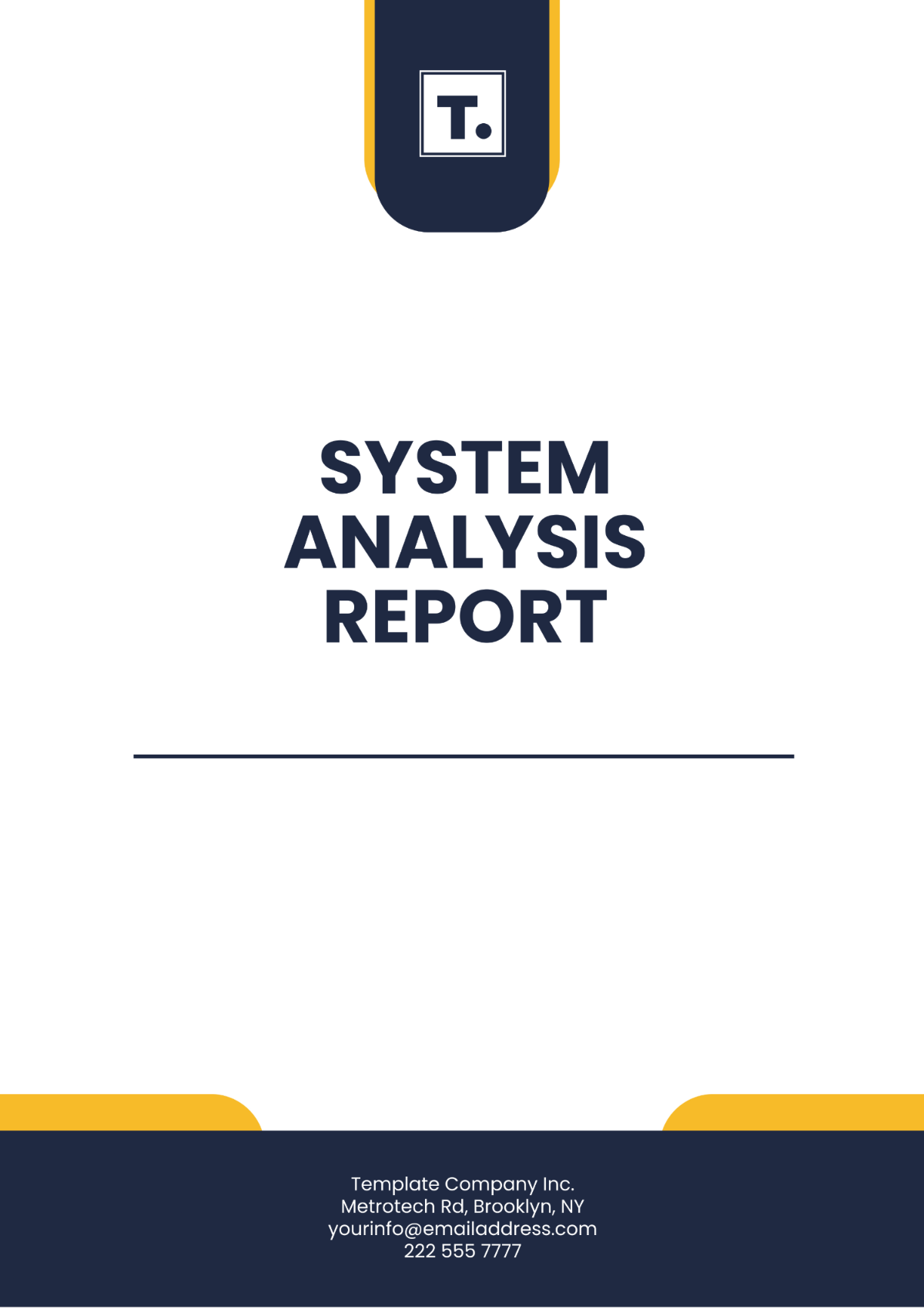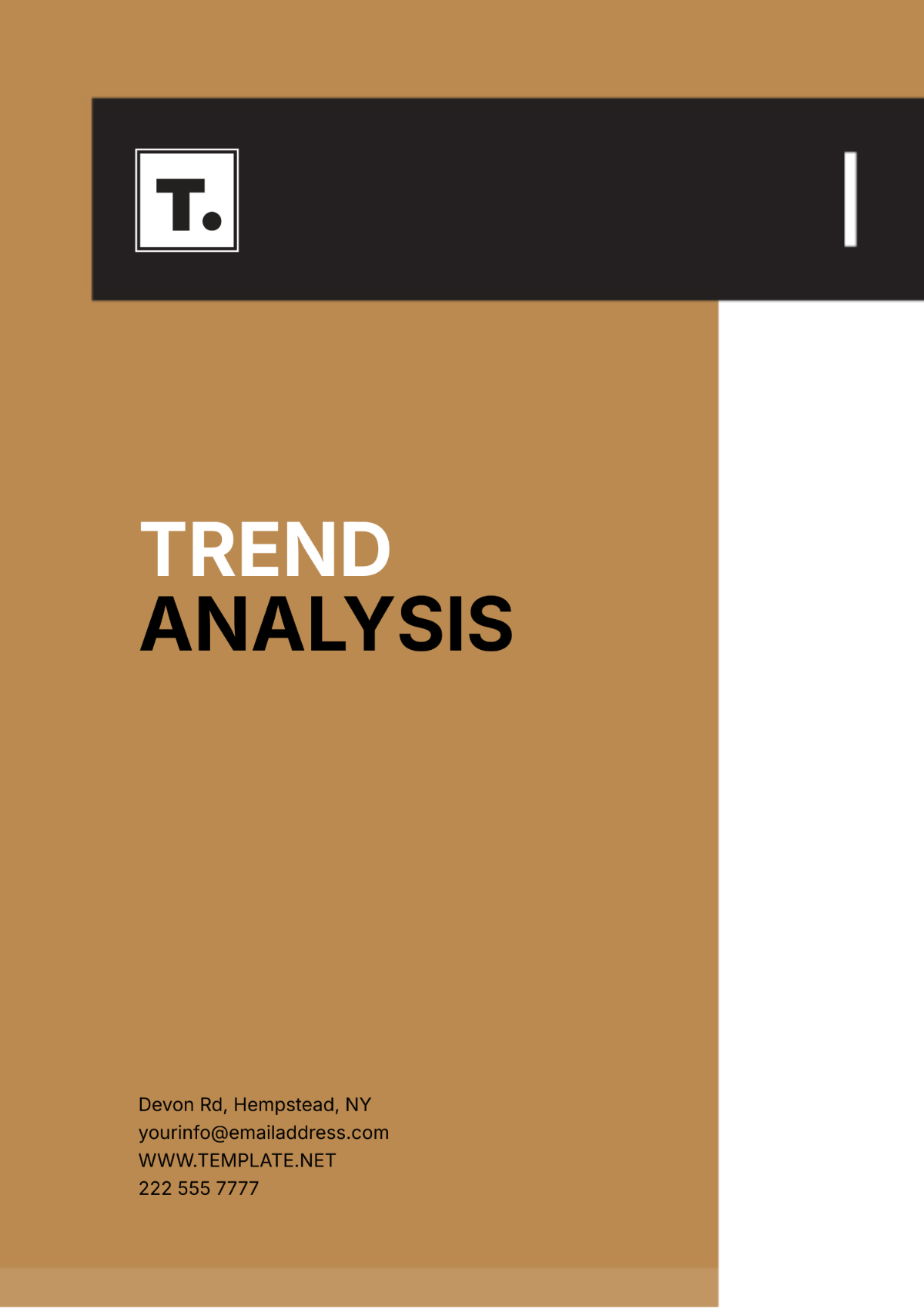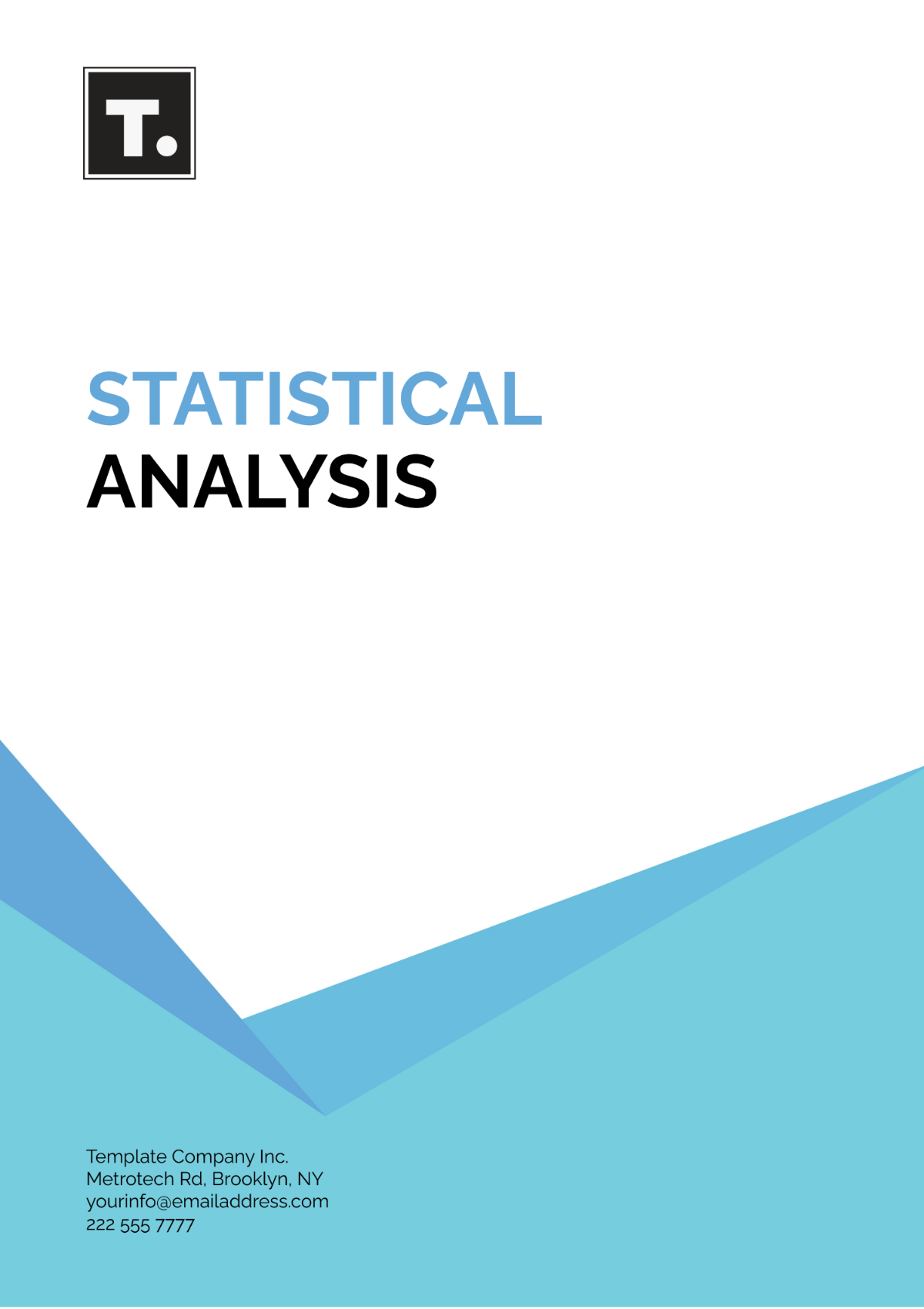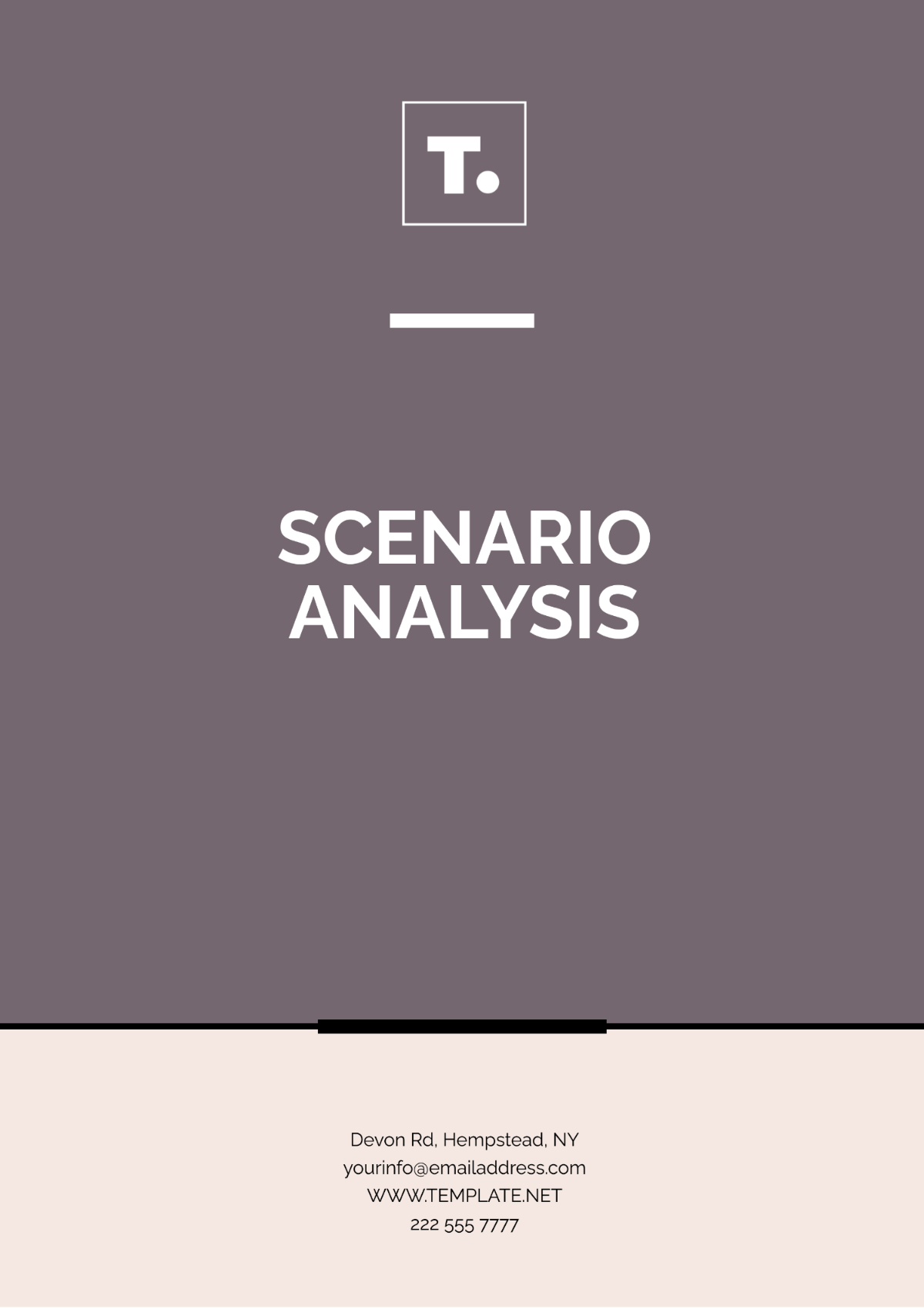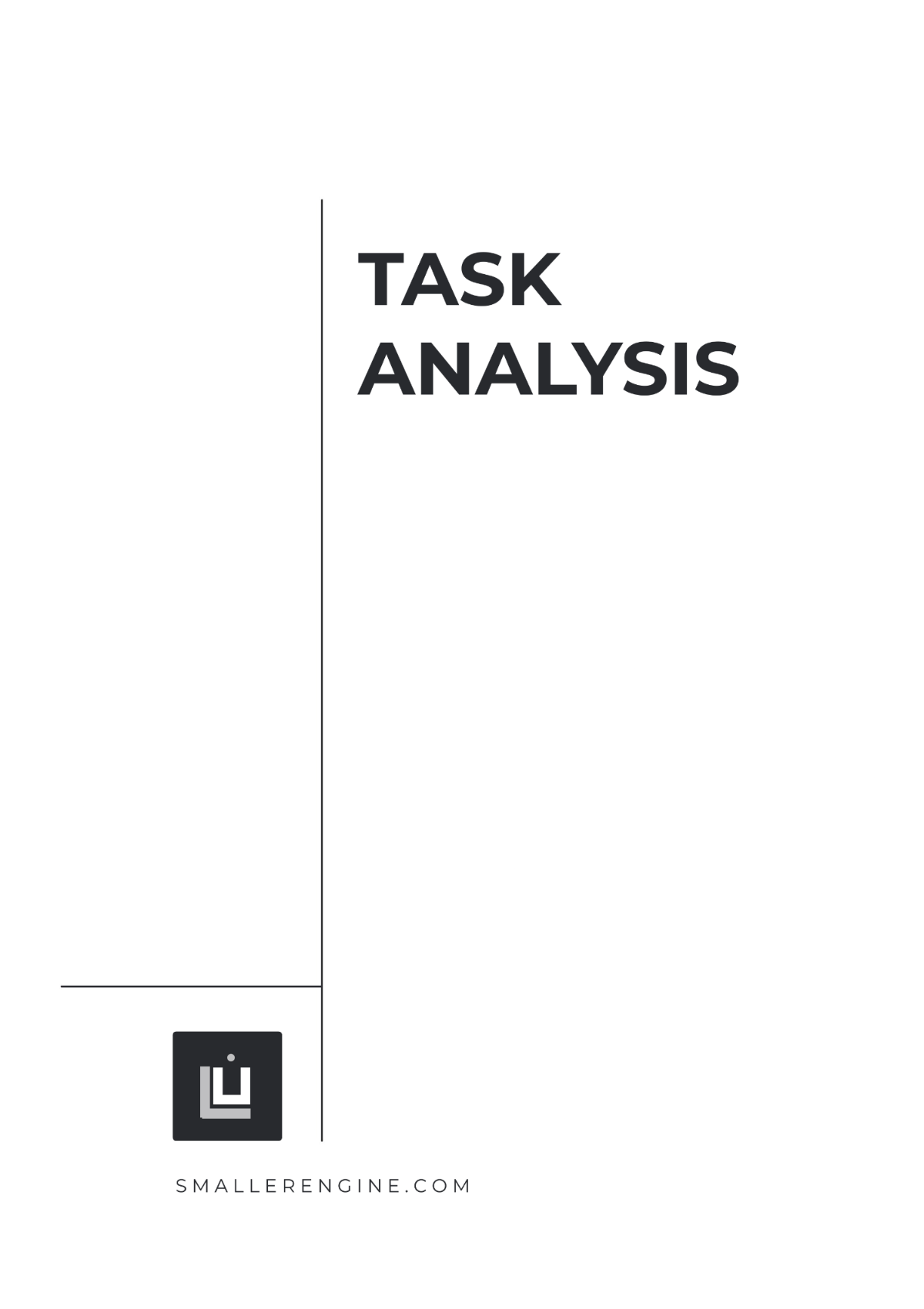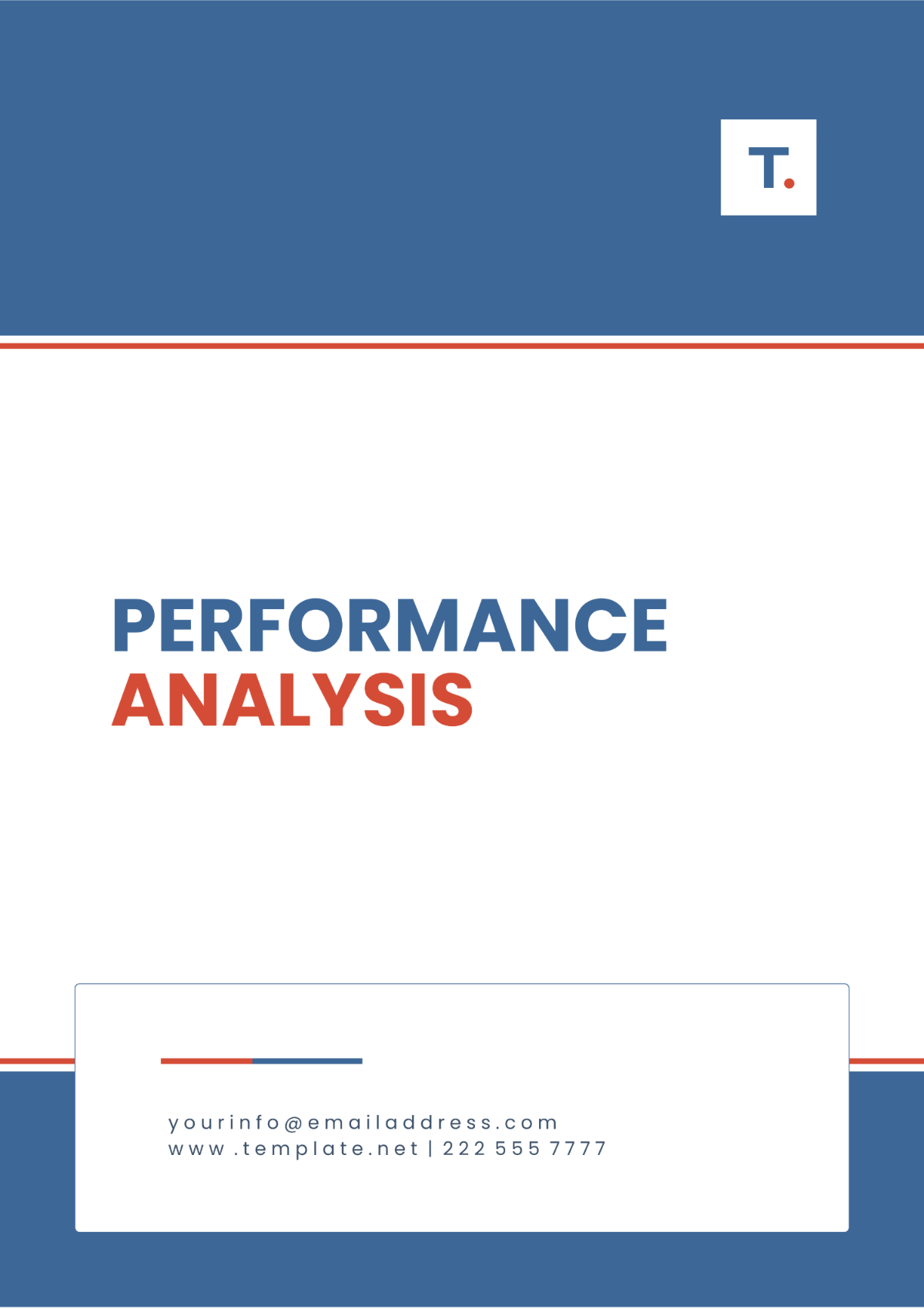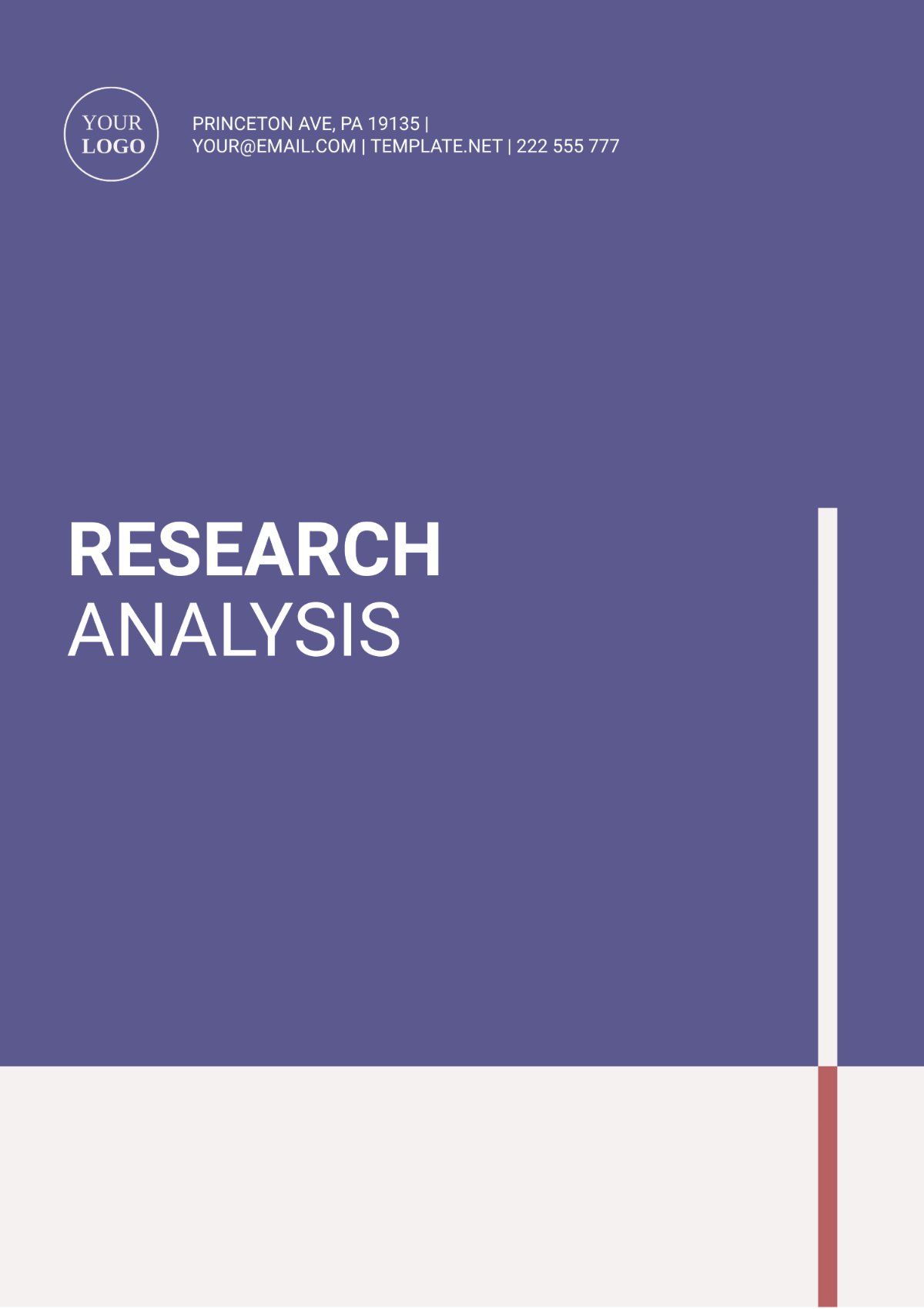Mixed Methodology Analysis
1. Introduction
The mixed methodology analysis combines qualitative and quantitative data collection and analysis techniques. This approach provides a comprehensive understanding of research topics by integrating numerical data with detailed contextual insights. It is specifically suited for exploring complex research questions that require a multifaceted view. This document outlines the methodology for conducting a mixed methods analysis, detailing every step from research design to data integration and interpretation.
2. Research Design
2.1 Choosing the Research Questions
The first step in employing a mixed methodology approach involves identifying and articulating the research questions. These questions should be formulated to benefit from both qualitative and quantitative data. Typical questions could include:
What are the statistical trends in the dataset?
How do participants describe their experiences on the topic?
Is there a correlation between the quantitative trends and the qualitative experiences?
2.2 Defining Objectives
Objectives must be clear, concise, and aligned with the research questions. They often include:
Gathering numerical data to identify trends and patterns.
Collecting qualitative data to understand the context and nuances behind the numbers.
Integrating both kinds of data to draw comprehensive conclusions.
2.3 Determining the Research Approach
Researchers need to decide which aspect—qualitative or quantitative—will be prioritized. Two common approaches are:
Sequential Explanatory Design (Quantitative followed by Qualitative)
Sequential Exploratory Design (Qualitative followed by Quantitative)
3. Data Collection
3.1 Quantitative Data Collection
This involves gathering numerical data that can be quantified and subjected to statistical analysis. Common methods include:
Surveys with closed-ended questions
Standardized tests
Existing statistical records
3.2 Qualitative Data Collection
This involves gathering non-numerical data to gain insights into participants' perspectives and experiences. Common methods include:
Interviews with open-ended questions
Focus groups
Observations
Document analysis
4. Data Analysis
4.1 Quantitative Data Analysis
This phase involves the use of statistical tools to analyze numerical data. Activities include:
Descriptive statistics (mean, median, mode)
Inferential statistics (correlation, regression analysis)
Visualization tools (graphs, charts)
4.2 Qualitative Data Analysis
This involves analyzing textual or visual data to identify themes and patterns. Techniques include:
Thematic analysis
Content analysis
Grounded theory
Narrative analysis
5. Integrating Data
In this phase, both qualitative and quantitative data are combined to provide comprehensive answers to the research questions. This could involve:
Data Triangulation
Complementarity (using one set of results to enhance the understanding of the other set)
Interpretation of inconsistencies between qualitative insights and quantitative data
6. Interpretation and Reporting
Finally, the integrated data is interpreted to form a coherent narrative. This involves:
Summarizing key findings from both data sets
Drawing conclusions that address the research questions
Discussing implications for theory, practice, and future research
Reporting the methodology, findings, and interpretations in a structured format
7. Conclusion
The mixed methodology approach offers a robust framework for research that requires a nuanced understanding of complex issues. By combining quantitative data's precision with qualitative data's depth, researchers can achieve comprehensive insights that are often unattainable through a single-method approach.


